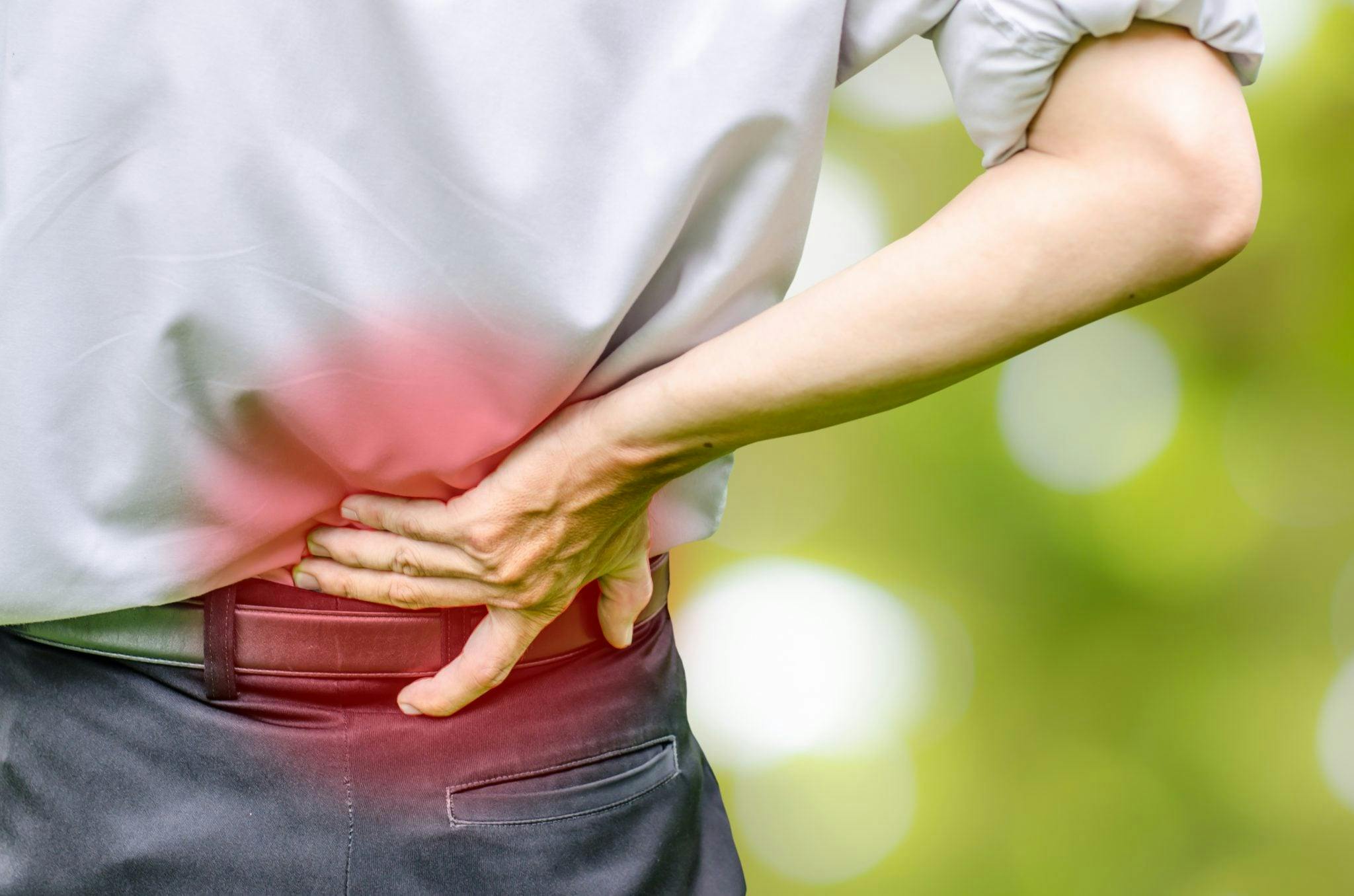
2024-07-12T16:54:51
Sunscreen Travel Tips
- Dermatology
July 10, 2017 | Orthopedics

A herniated disc refers to a problem with one of the discs between the individual vertebrae that make up the spine. Think of the spinal disc as a jelly donut, with a softer center inside a tougher exterior—a herniated disc is like the “jelly” pushing out through a tear in the protective exterior.
Some people with herniated discs have no symptoms, but others deal with pain, numbness or weakness. Most patients with a herniated disc don’t need surgery, but some people will require it.
Most herniated discs take place in the lower back, but they can also take place in the neck. The most common signs or symptoms include:
Some cases of herniated discs come without symptoms, and these cases might be discovered during imaging for other concerns despite no active symptoms.
Just below the waist, the spinal cord separates into a group of long nerve roots called cauda equina—these resemble a horse’s tail. In some cases, a herniated disc can compress the entire cauda equina, and emergency surgery may be required. If you have any of the following symptoms, seek emergency medical attention:
In most cases, disc herniation is a result of wear and tear that’s referred to as disc degeneration. Spinal discs lose water content over time, which makes them less flexible and more prone to tearing or rupturing. In most cases, the exact cause of a herniated disc can’t be pinpointed, although traumatic events like falls or blows to the back could cause it.
Factors that can increase risk of a herniated disc include:
In most cases, your doctor will only need a physical exam and medical history to diagnose a herniated disc. Your doctor may also perform a neurological exam to check reflexes, muscle strength, walking ability and ability to feel basic pricks or vibrations. In some cases, your doctor will order one of a few imaging tests.
Most people find their symptoms relieved over a period of a few days or weeks with conservative treatment, such as avoiding painful positions and following a planned exercise/pain medication regimen. Medications for herniated discs may include:
Many people find success with physical therapy, which can help you find positions and exercises that minimize pain. In a small number of cases, surgery will be needed if conservative treatments fail to improve symptoms after six weeks, or if numbness, bladder control or trouble with standing or walking are still issues. This is usually just a removal of part of the disc, but in some cases, it will require removal of the full disc. In rare cases, your surgeon will recommend an artificial disc.
Others have found success with alternative medicines for back pain, including chiropractic care, acupuncture, massage and yoga.
There are a few tactics that can help prevent a herniated disc:
If you’re showing the symptoms of a herniated disc, your doctor will recommend a treatment plan for you.
“Herniated disk.” The Mayo Clinic. http://www.mayoclinic.org/diseases-conditions/herniated-disk/home/ovc-20271246
“Herniated Disk.” MedlinePlus. https://medlineplus.gov/herniateddisk.html
WRITTEN BY:
Orthopedics


2024-07-12T16:54:51

2024-07-02T11:42:04

2024-07-01T13:49:28

2024-06-21T14:29:51
This information is not intended to replace the advice of a medical professional. You should always consult your doctor before making decisions about your health.